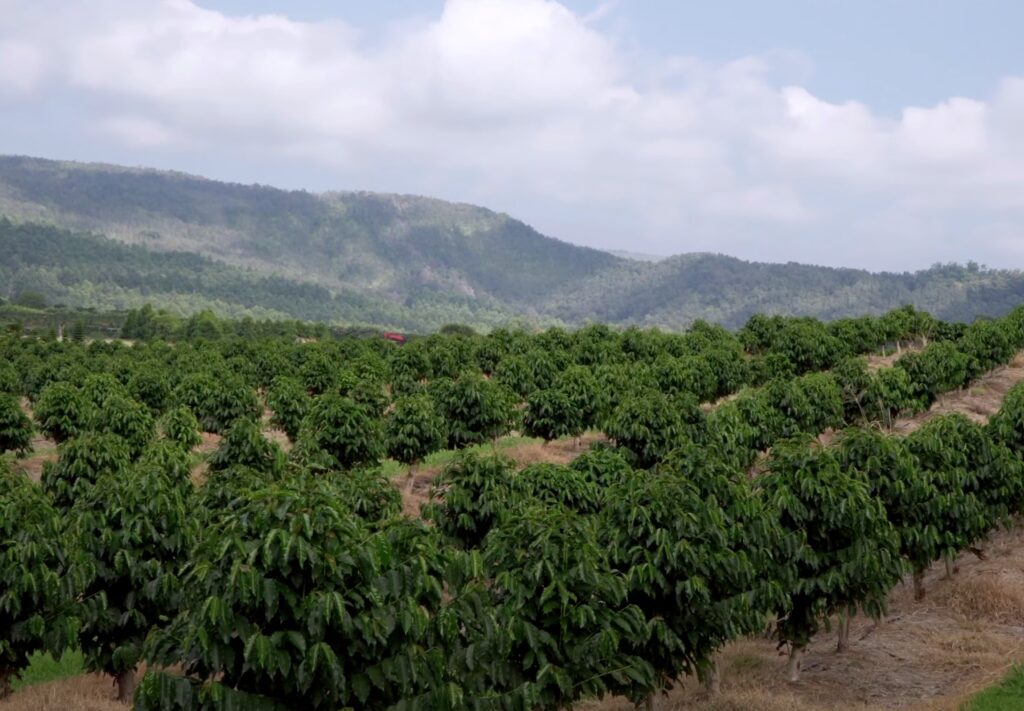
QUESTION: What’s the Arabica coffee percentage? Is most coffee Arabica or Robusta? – Marshall F
CLEARLY COFFEE ANSWERS: As you have already pointed out in your question, there are two main type of coffee species that make up the vast majority of global coffee production — Coffea Canephora (known commonly as Robusta) and Coffea Arabica. Today we will talk about the main differences between these types of beans.
About 60 percent of the world’s coffee production is Arabica from arabica plants, while the Robusta coffee plant accounts for the remaining 40 percent. The largest Arabica coffee producers are Brazil, Colombia, Ethiopia, Honduras, and Peru. The largest Robusta coffee-growing countries are Vietnam, Brazil, Indonesia, Uganda, and India.
Arabica coffee beans grow at higher altitudes, have lower yields, and are more susceptible to weather changes, pests, and diseases compared to Robusta. Because of this, Arabica types of coffee beans are priced roughly twice those of Coffea Robusta. Arabica beans tend to have a sweeter, softer taste with less acidity. Arabica coffee contains more lipids and sugars and has higher acidity than Robusta.
Robusta plants grow at lower altitudes. This type of bean is considered to be easier and less costly to produce because the trees produce fruit faster and yield more coffee cherries per tree than Arabica trees. Robusta beans have a stronger, harsher, and bitter taste, and contain twice the amount of caffeine as Arabica beans. But don’t let this fool you into thinking Robusta is just lower quality and inferior because there’s more to it than that.
High-quality Robusta coffee beans do exist and are used commonly in espressos because of the deep flavor and good crema. High-quality Robusta is also used in coffee blends (with Arabica coffee), whereas lower-quality Robusta coffee is predominantly used in powdered and instant coffee products.
At the end of the day, coffee lovers will find the distinct flavors and best coffee for them whether it’s a robusta blend or arabica blend.
